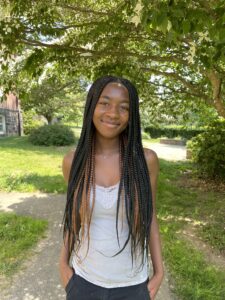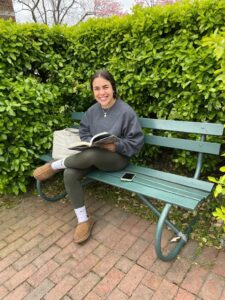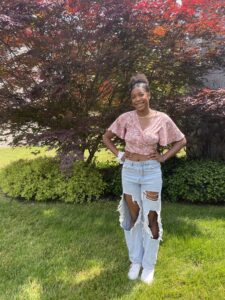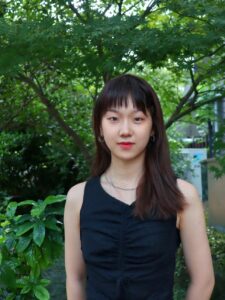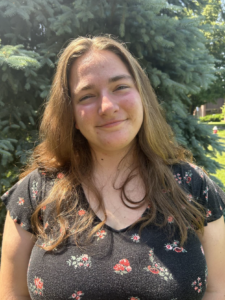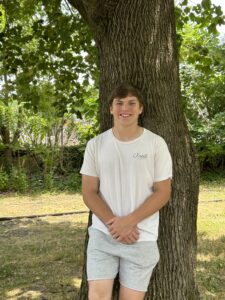Artist Statement: Satchel Smith ’20
Rooted in Nature
My exhibition has derived from my love for the environment. Climate change is a giant issue today, but from the media, I noticed that not much action has been taken to prevent it. Being that I feel strongly about preserving the environment, I created my exhibition to portray the impacts of pollution on the environment. It is clear that these important environmental problems exist, but many people refuse to believe in climate change and global warming even if it is supported by science. So my intention is to provide a different approach to portraying information, through art, to essentially have people be aware that these problems exist.
The ten pieces in my exhibition are arranged in a similar way to how environmental issues should be addressed: looking at the big picture and then accessing the smaller problems. I oriented them from left to right because I aspired to emulate the progression of a story, written in English. Cracked Earth, the first piece, portrays the general theme of pollution of the Earth whereas Mother Nature, my final piece, hones in on specific themes of deforestation and religion. The pieces on the left wall portray the general themes of pollution. The right wall contains pieces based specifically around the preservation of nature and the effects of deforestation. Essentially, I wanted to express my feelings towards these situations.
I worked with a variety of mediums and sizes. I am more accustomed to painting on canvas, but I wanted to step outside my comfort zone and explore my artistic abilities. Three of my ten pieces are not on canvases. I utilized different mediums in my exhibition to not only broaden my artistic abilities but also to provide extra perspectives on pollution. In particular, for Shelements, I used seashells that I found at beaches, which is better than my other pieces because I am using natural objects that have no negative effects on the environment. For Four Seasons, I used a recycled cigar box, which is great for the environment because what could’ve been waste is now art. My piece not on canvases provide another perspective on nature but are also beneficial for the environment.
My large pieces are the focal point of my exhibition, so I chose to hang one at the beginning and the other at the end. I want to portray my exhibition similarly to how we should handle climate change. First, we should look at the entire world to see what is the root of the issue, Cracked Earth. From that step, we notice some of the problems at hand: water pollution, deforestation, forest fires, and air pollution, which can be seen through my piece Elements. As my exhibit progresses, my pieces start to narrow down onto the theme of deforestation. Both Bloody Tree and Lovely represent the deterioration of nature, particularly plants. Finally, with Mother Nature, my last piece, I focus on the core of the issue: people refusing to believe in climate change due to their past knowledge. I also comment on the presence of religion in the government and how it prevents change.
My works have similar messages, but because I have larger pieces and smaller pieces, I wish for my audience to observe all of them equally. I utilized different mediums throughout my exhibition. For example, my piece La Mano is completely different from my piece Lovely. I want to give my audience multiple different renditions of the same theme. In addition, most of my work is relatively bright and eye-catching.
I want the viewers to pay more attention to my pieces to comprehend my theme. I wanted to portray the message that we need to look at small issues in order to tackle the bigger problem of global warming. Relating to my exhibition, I provide the big picture, Cracked Earth, to start. Each piece after that I believe that it is important for society to comprehend the problems that could have lasting effects on our world. Therefore, through my exhibition, I want all of my viewers to experience the detriments of pollution and eventually discover how to end them.

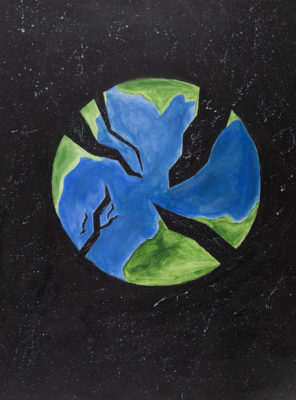
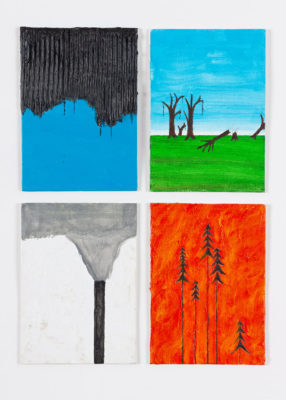
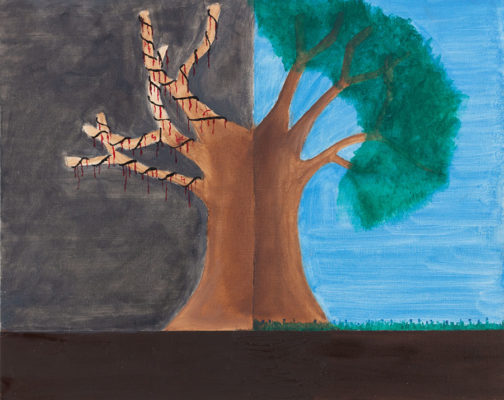
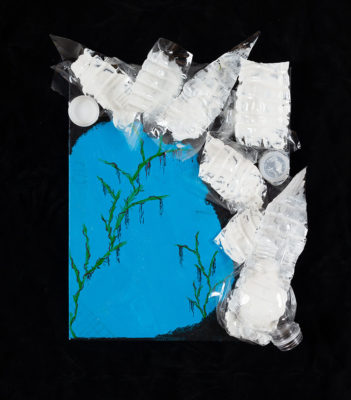
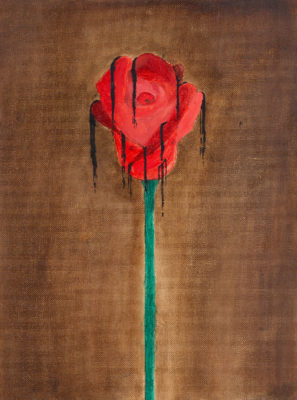
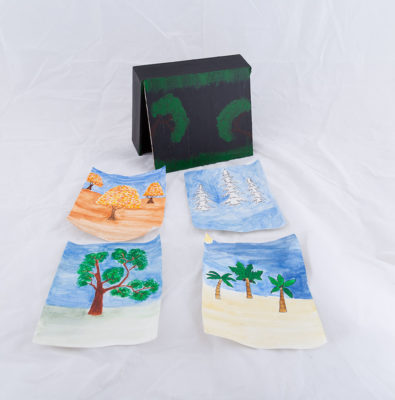
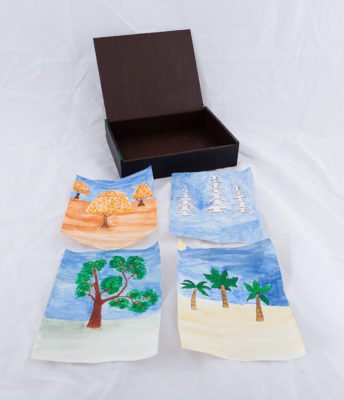
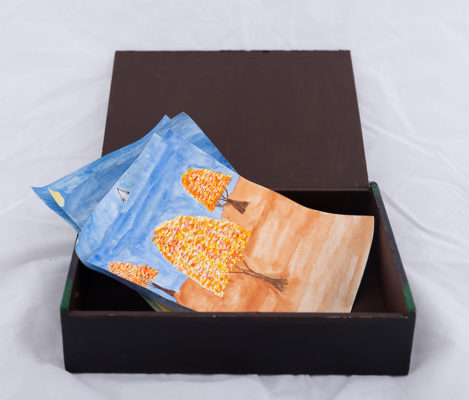
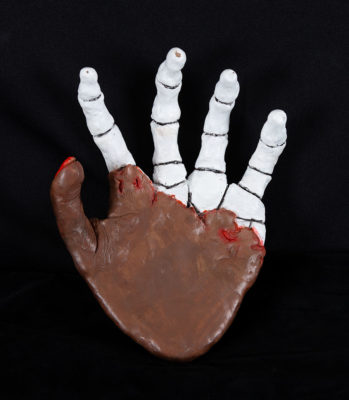
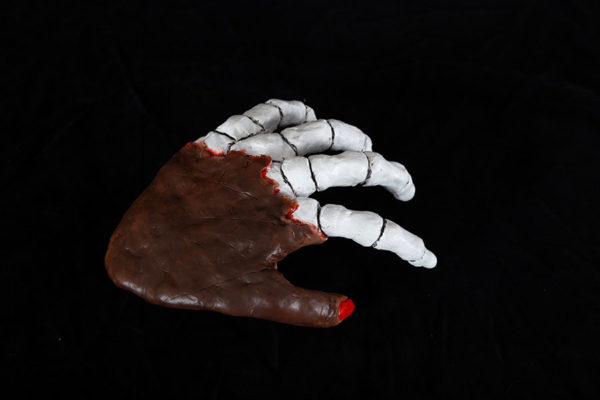
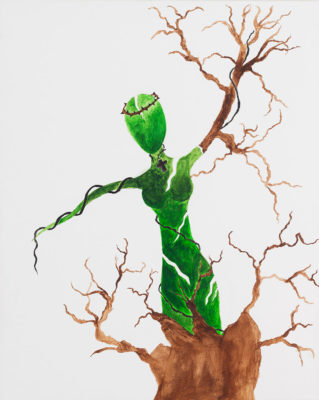
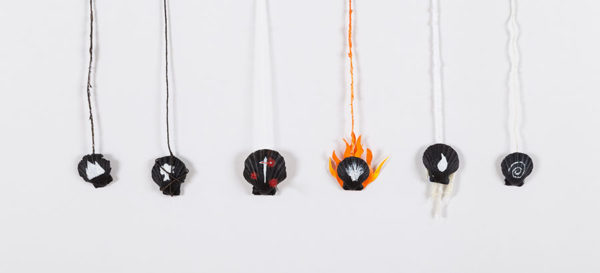
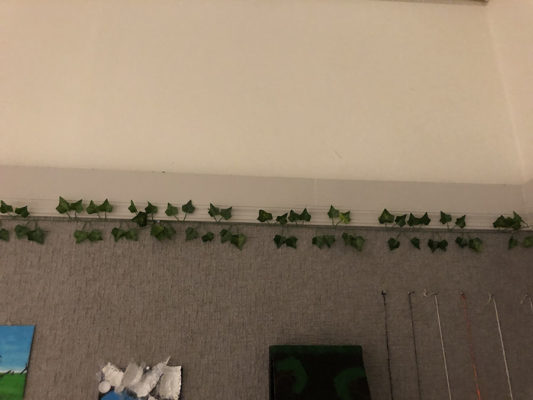
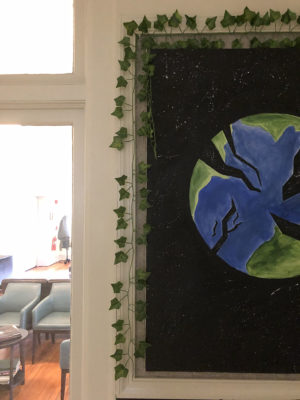
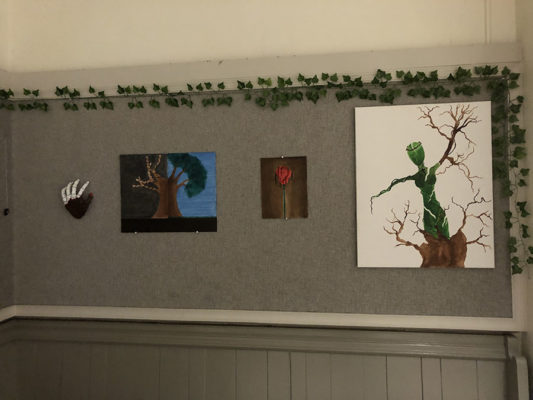

 Joellen Paget Gillon (2015)
Joellen Paget Gillon (2015)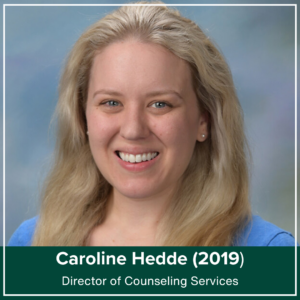 Caroline Hedde (2019)
Caroline Hedde (2019)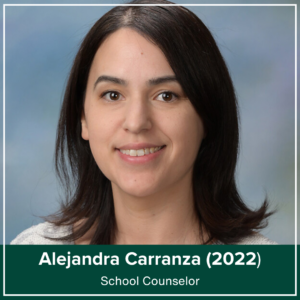 Alejandra Carranza (2022)
Alejandra Carranza (2022) Dr. Mariam Mahmud (2020)
Dr. Mariam Mahmud (2020) Indira Rodrigo (2008)
Indira Rodrigo (2008)
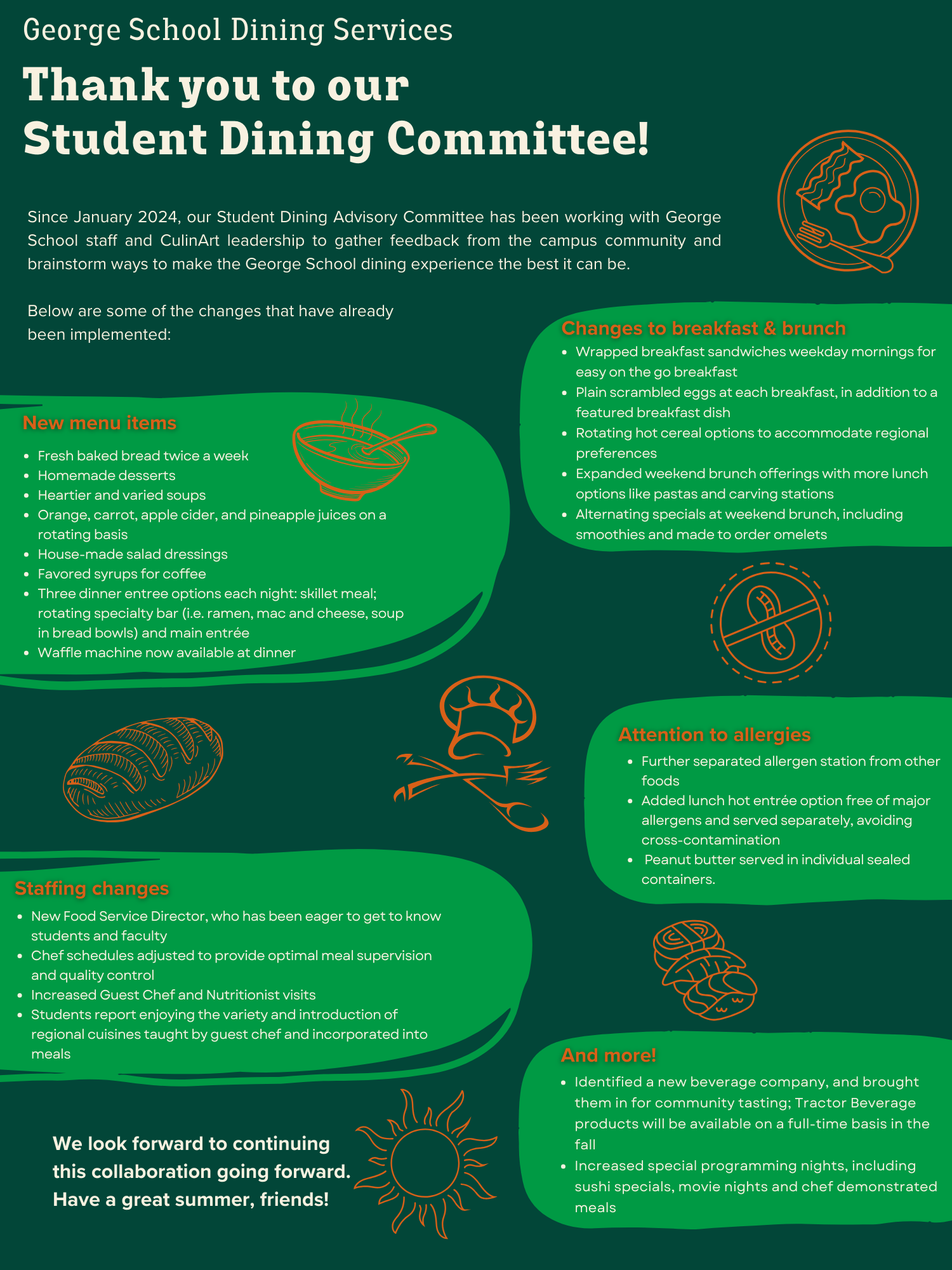

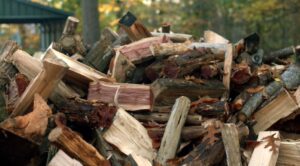
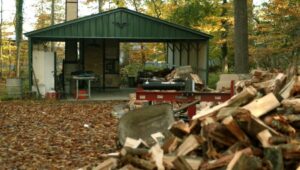
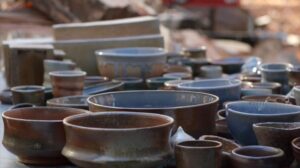
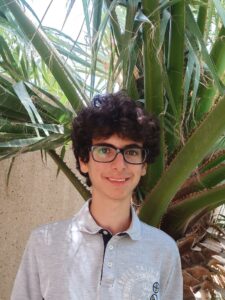 Monastir, Tunisia, and Amman, Jordan
Monastir, Tunisia, and Amman, Jordan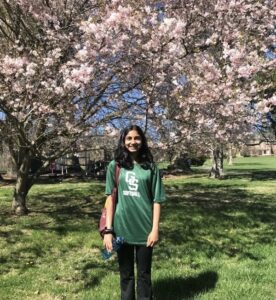 Irvine, CA
Irvine, CA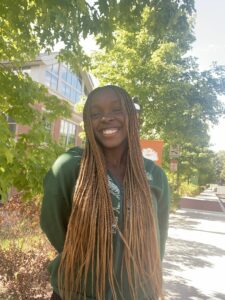 Feasterville-Trevose, PA
Feasterville-Trevose, PA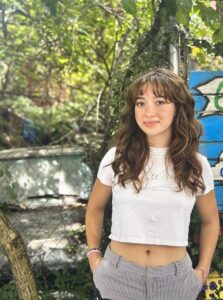 New Hope, PA (Previously NYC)
New Hope, PA (Previously NYC)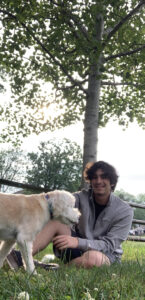 Richboro, PA
Richboro, PA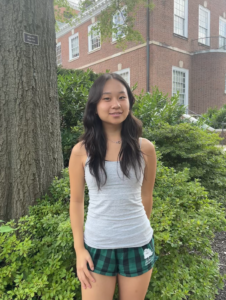 Englewood, NJ
Englewood, NJ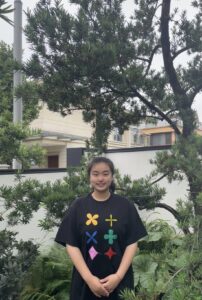 Ningbo, Zhejiang, China
Ningbo, Zhejiang, China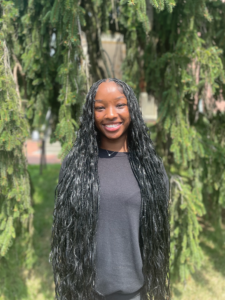 Willingboro, NJ
Willingboro, NJ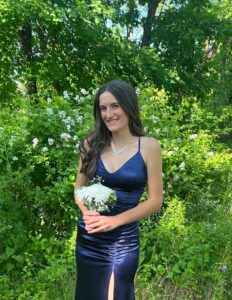 Yardley, PA
Yardley, PA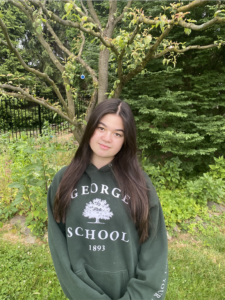 Newtown, PA
Newtown, PA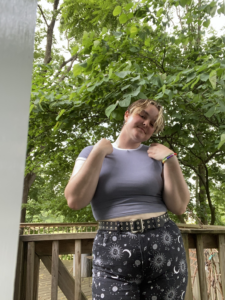 Holicong, PA
Holicong, PA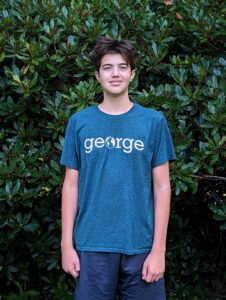 Newtown, PA
Newtown, PA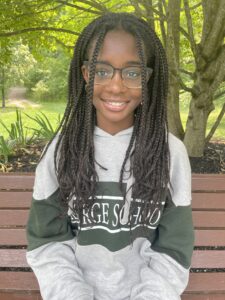 Hamilton, NJ
Hamilton, NJ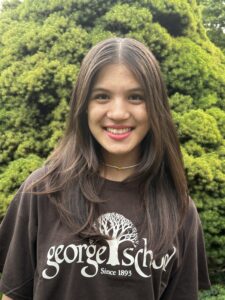 Yardley, PA
Yardley, PA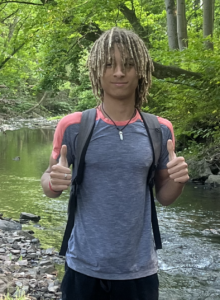 Lambertville, NJ
Lambertville, NJ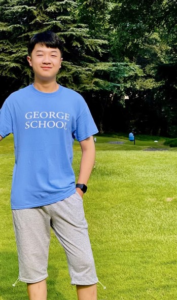 Chongqing, China
Chongqing, China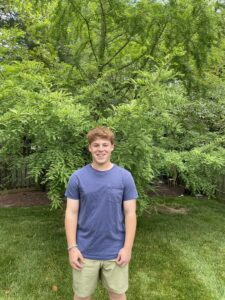 Pennington, NJ
Pennington, NJ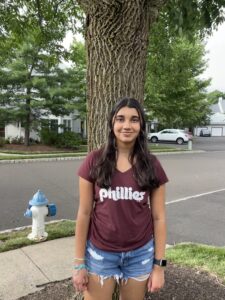 Yardley, PA
Yardley, PA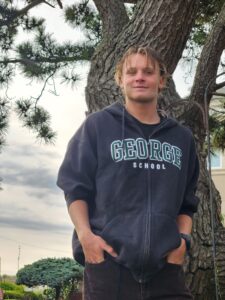 Bensalem, PA
Bensalem, PA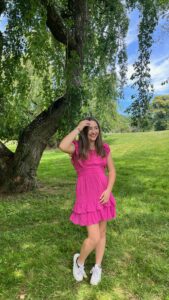 Borgota, Colombia
Borgota, Colombia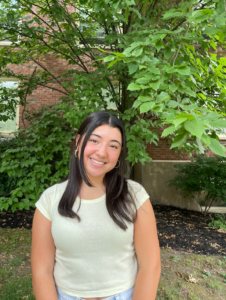 Newtown, PA
Newtown, PA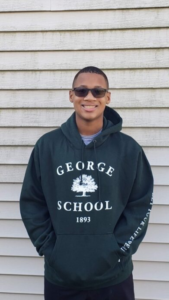 Burlington, NJ
Burlington, NJ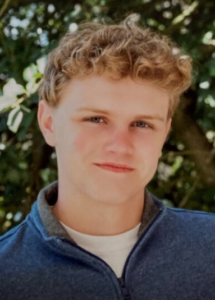 Langhorne, PA
Langhorne, PA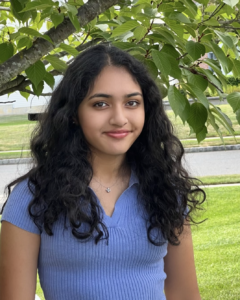 Princeton, NJ
Princeton, NJ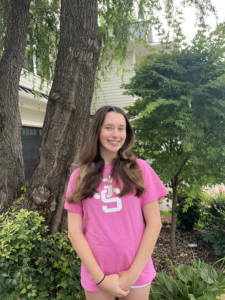 Langhorne, PA
Langhorne, PA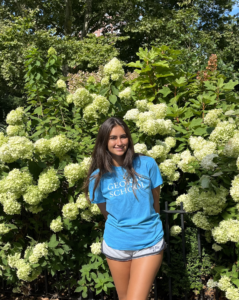 New York City, NY
New York City, NY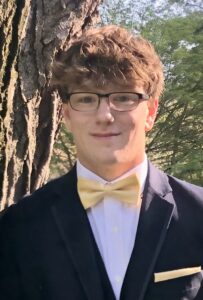 New Hope, PA
New Hope, PA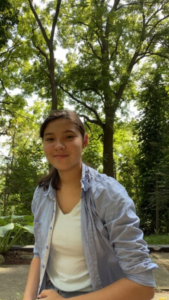 St. Catharines, Ontario, Canada
St. Catharines, Ontario, Canada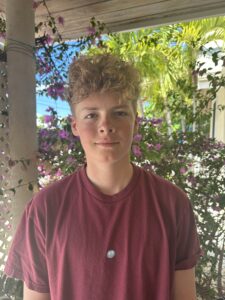 Providenciales, Turks and Caicos Islands
Providenciales, Turks and Caicos Islands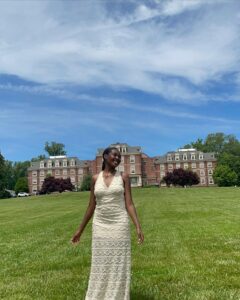 Willingboro, NJ
Willingboro, NJ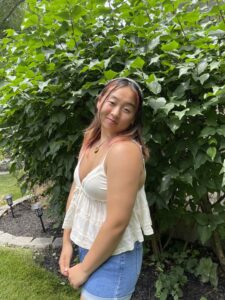 Princeton, NJ
Princeton, NJ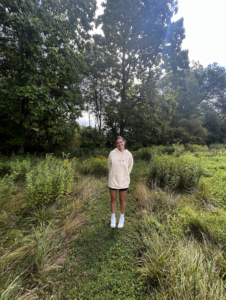
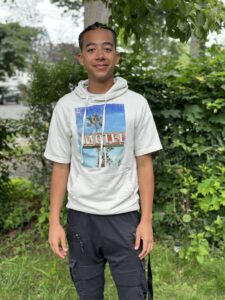 Newark, NJ
Newark, NJ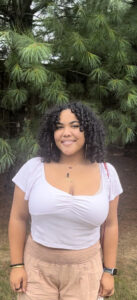 Trenton, NJ
Trenton, NJ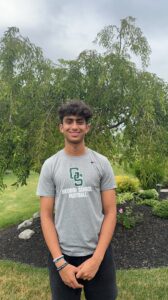 Newtown, PA
Newtown, PA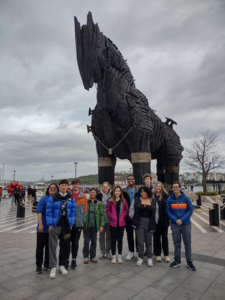
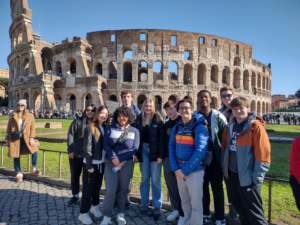
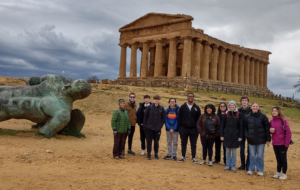
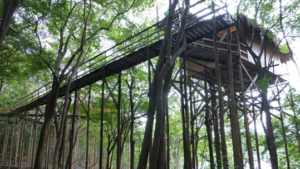
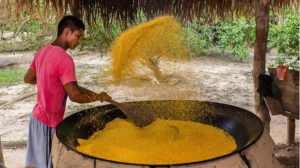
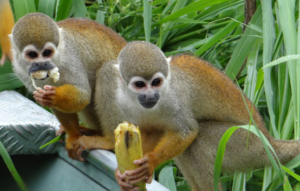
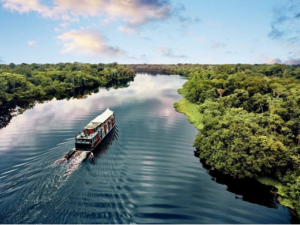
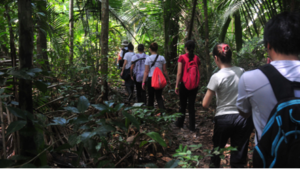
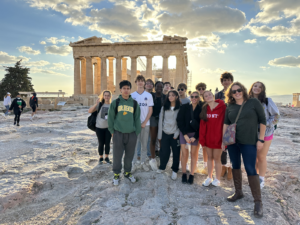
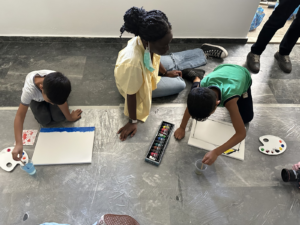
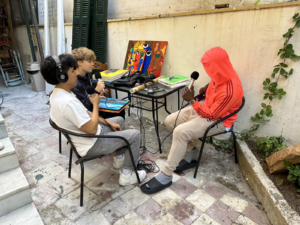
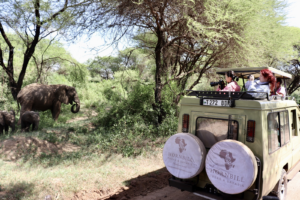
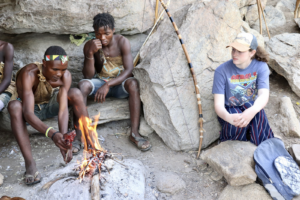
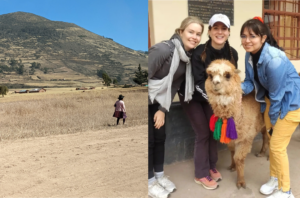
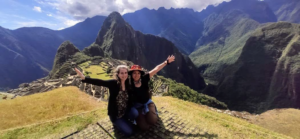
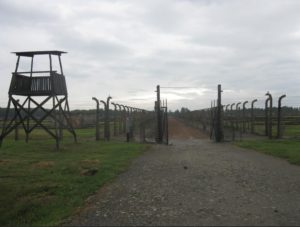
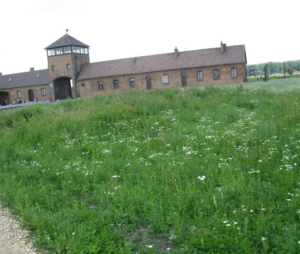
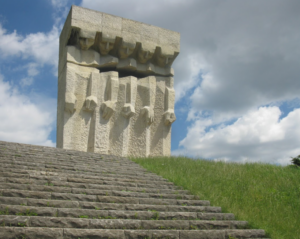
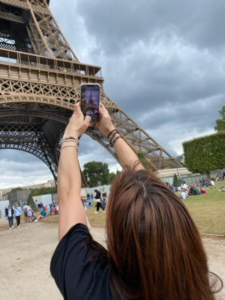
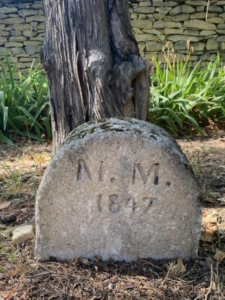
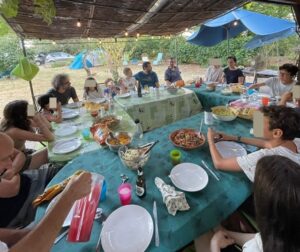
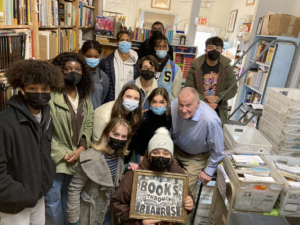
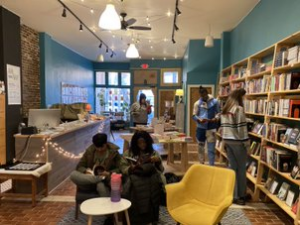
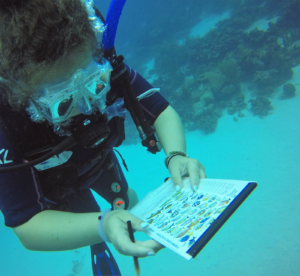
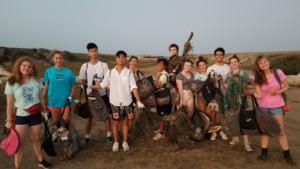

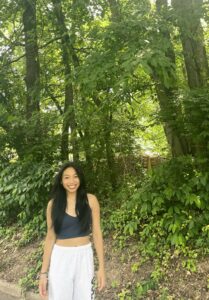 Lawrence, NJ
Lawrence, NJ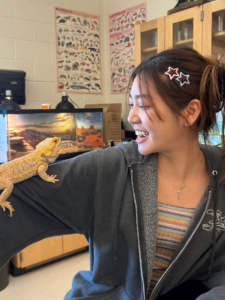 Seoul, South Korea
Seoul, South Korea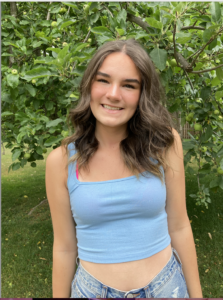
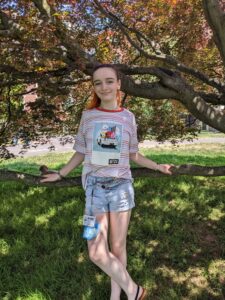 Milwaukee, Wisconsin
Milwaukee, Wisconsin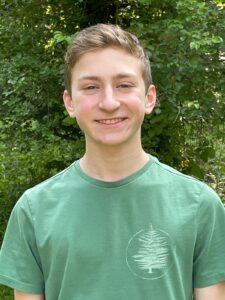 Pennington, NJ
Pennington, NJ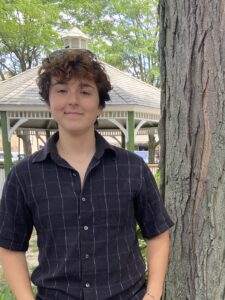 Jenkintown, PA
Jenkintown, PA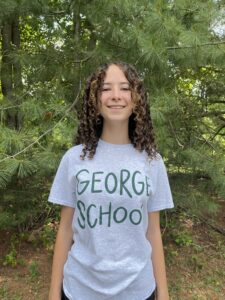 Ottsville, PA
Ottsville, PA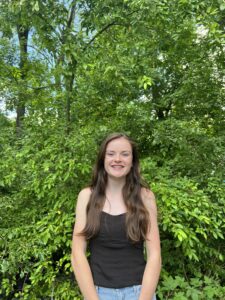 Yardley, PA
Yardley, PA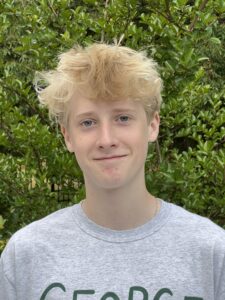 Providenciales, Turks and Caicos Islands
Providenciales, Turks and Caicos Islands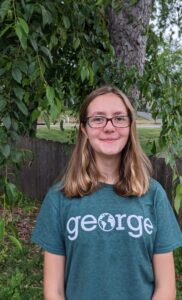 Hopewell, NJ
Hopewell, NJ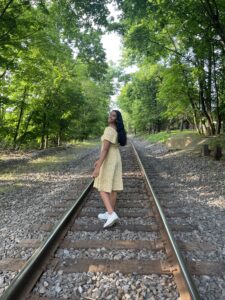
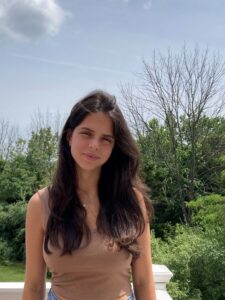 Pottstown, PA
Pottstown, PA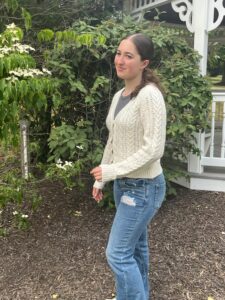 Playa del Carmen, Quintana Roo, México
Playa del Carmen, Quintana Roo, México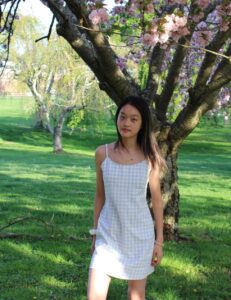 Shanghai, China
Shanghai, China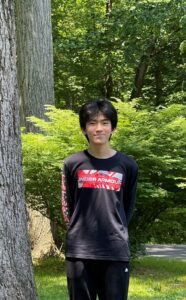 Beijing, China
Beijing, China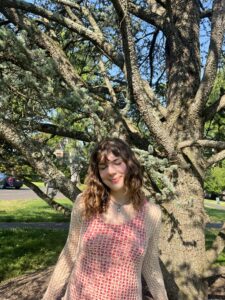 Yardley, PA
Yardley, PA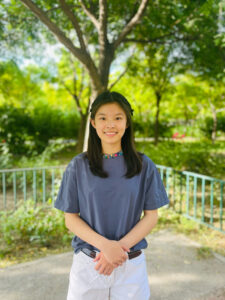 Beijing, China
Beijing, China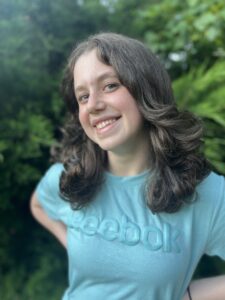 Holland, PA
Holland, PA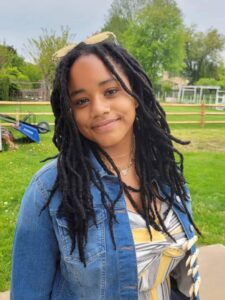 Langhorne, PA
Langhorne, PA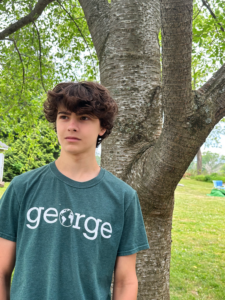 Ringoes, NJ
Ringoes, NJ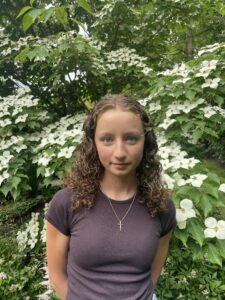 New Hope, PA
New Hope, PA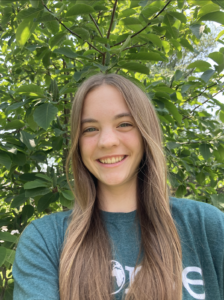 Dreshner, PA
Dreshner, PA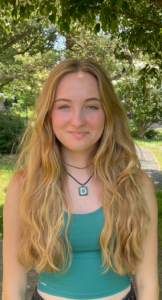 Yardley, PA
Yardley, PA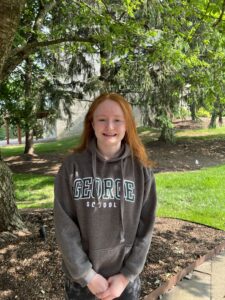 Yardley, PA
Yardley, PA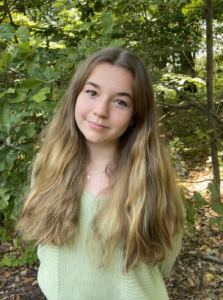 PA
PA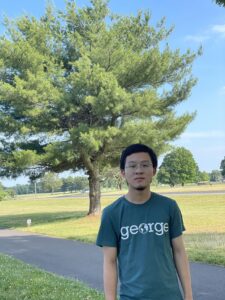
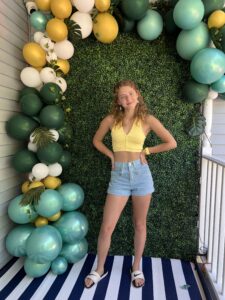
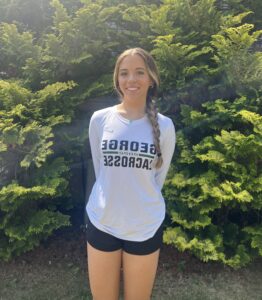
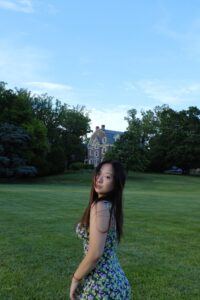 Xi’an, China
Xi’an, China